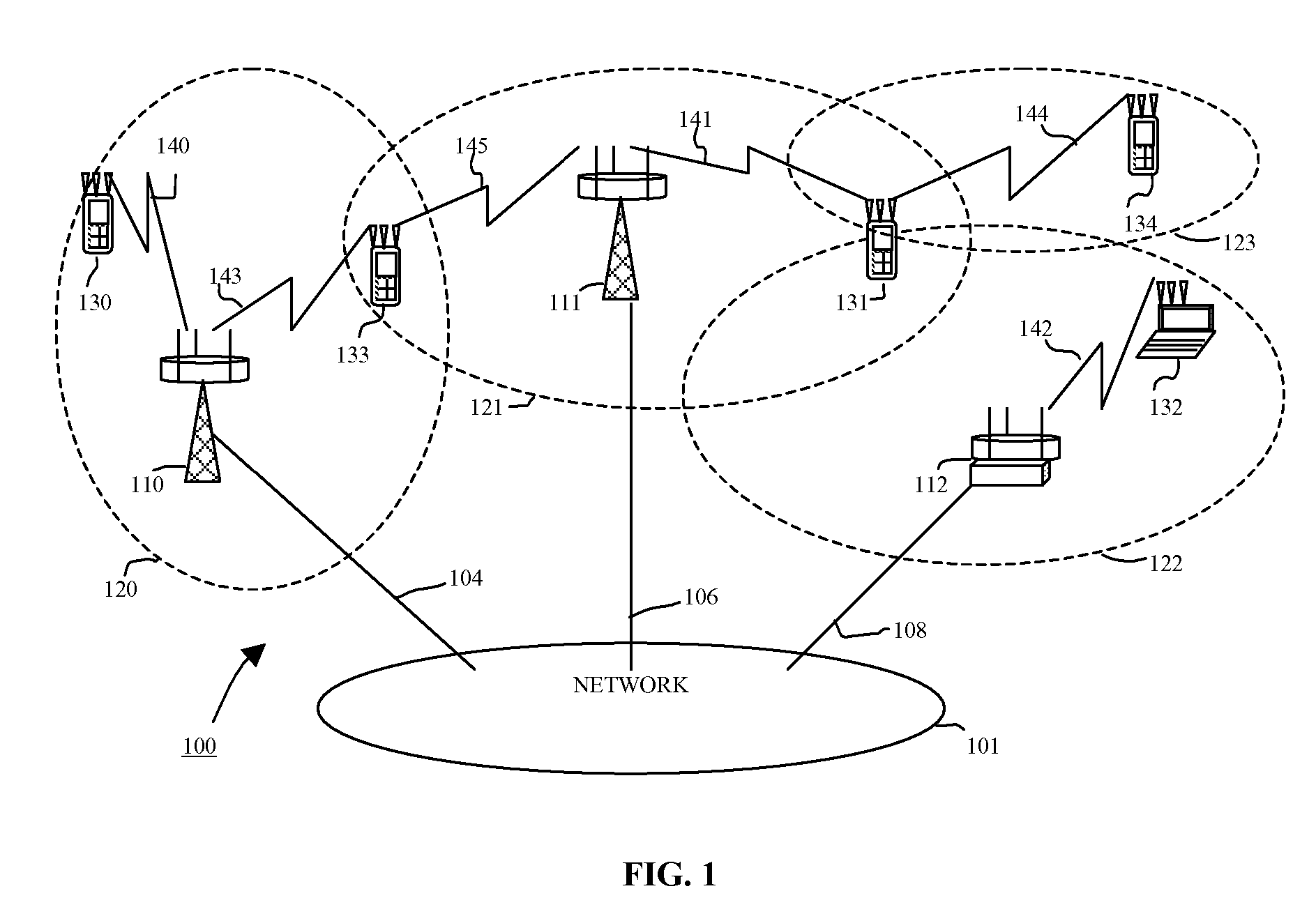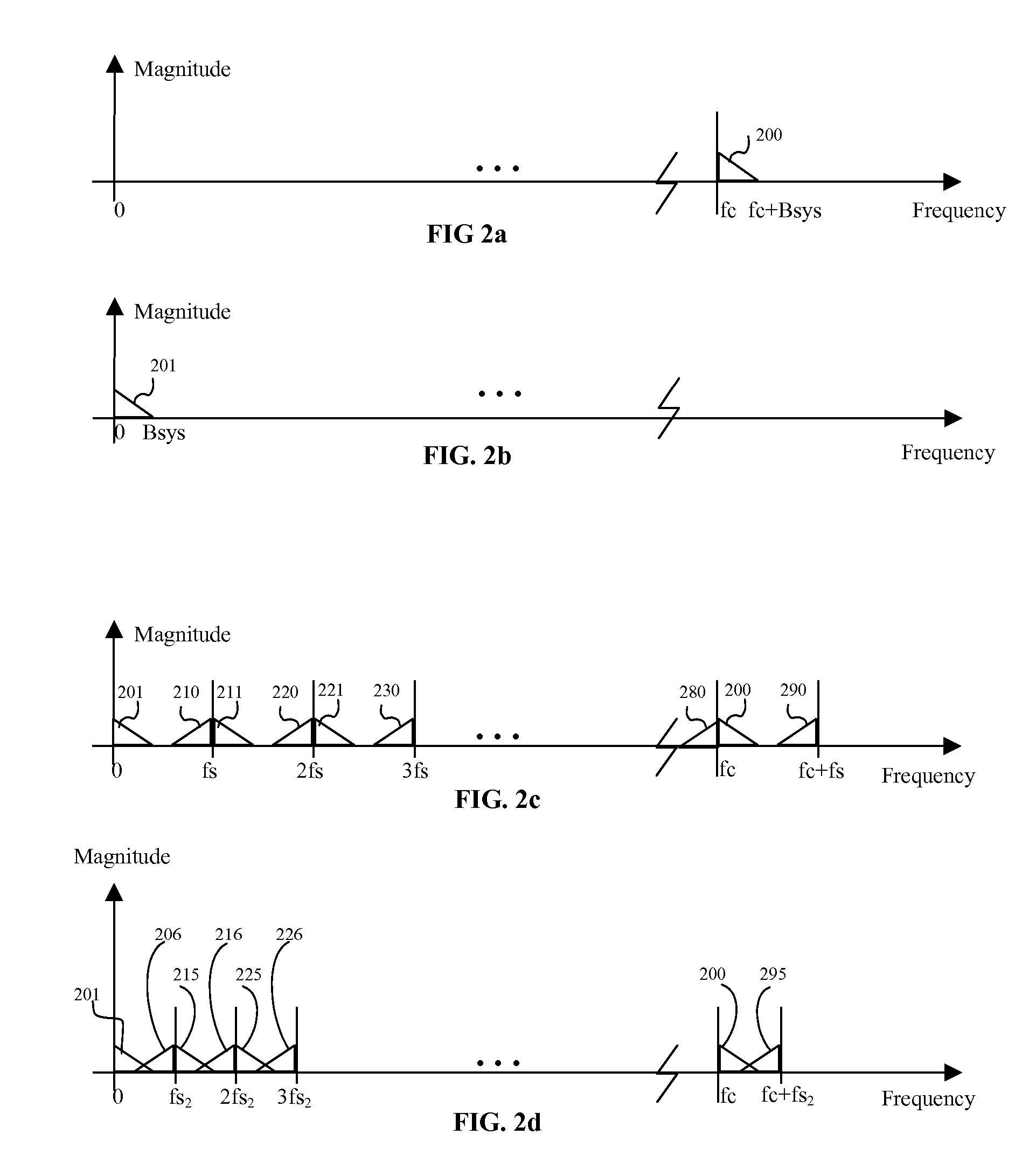Method and system for communications with reduced complexity receivers
a receiver and receiver technology, applied in the field of communication systems utilizing reduced complexity receivers, can solve the problems of significant increase in receiver complexity, cost, size and power consumption, proposed techniques suffer from lack of performance in some or all, and achieve low complexity, low cost, and small component size
- Summary
- Abstract
- Description
- Claims
- Application Information
AI Technical Summary
Benefits of technology
Problems solved by technology
Method used
Image
Examples
Embodiment Construction
Technical Background—Implementation of Multiple Antenna Transceivers
[0046]Radio transceivers operate at high frequencies and therefore, today, they are built from two separate stages: a) RF / IF-analog stage, and b) Baseband digital stage. Recent transceiver architectures are moving the boundary between the two stages closer to the antenna by reducing the span / size of the analog stage, and by increasing the span / size of the digital stage. Digital processing of signals offers flexibility and precision, but its deployment in radio receivers operating at hundreds of Megahertz is not fully justified today because of high power consumption and cost.
Technical Background—Sub-Sampling (Under-Sampling) Receivers
[0047]Sub-sampling radio architecture supports migration from analog RF / IF components into the digital signal processing (DSP) domain. The reason for migration is the difficulty of analog component design, and variability in analog components which causes signal imbalances. From the per...
PUM
 Login to View More
Login to View More Abstract
Description
Claims
Application Information
 Login to View More
Login to View More - R&D
- Intellectual Property
- Life Sciences
- Materials
- Tech Scout
- Unparalleled Data Quality
- Higher Quality Content
- 60% Fewer Hallucinations
Browse by: Latest US Patents, China's latest patents, Technical Efficacy Thesaurus, Application Domain, Technology Topic, Popular Technical Reports.
© 2025 PatSnap. All rights reserved.Legal|Privacy policy|Modern Slavery Act Transparency Statement|Sitemap|About US| Contact US: help@patsnap.com



